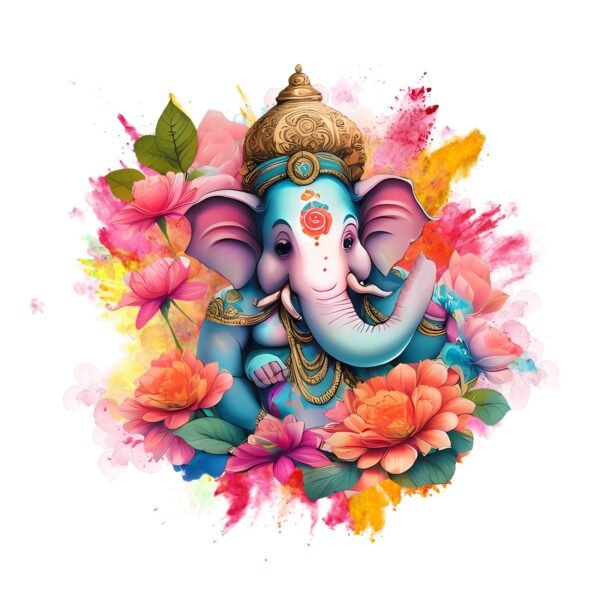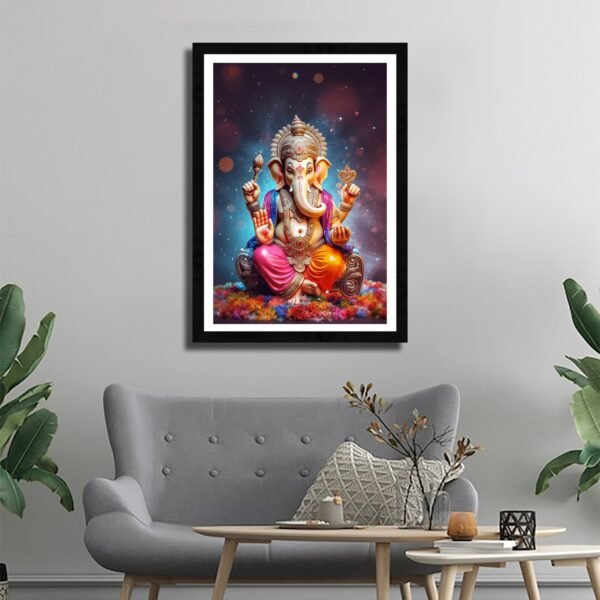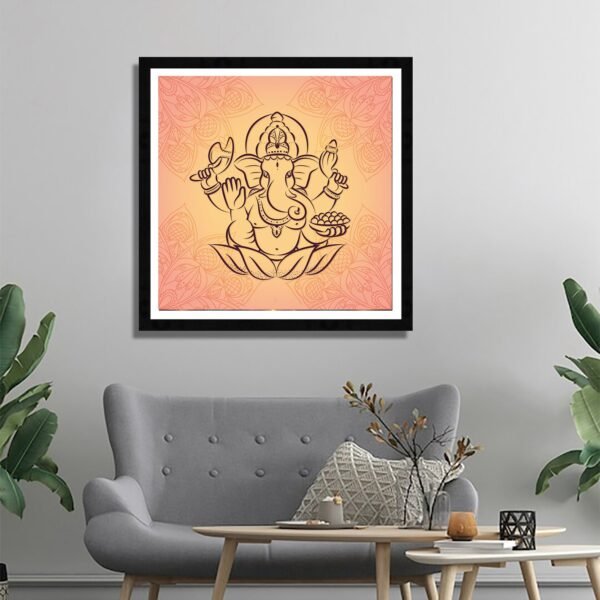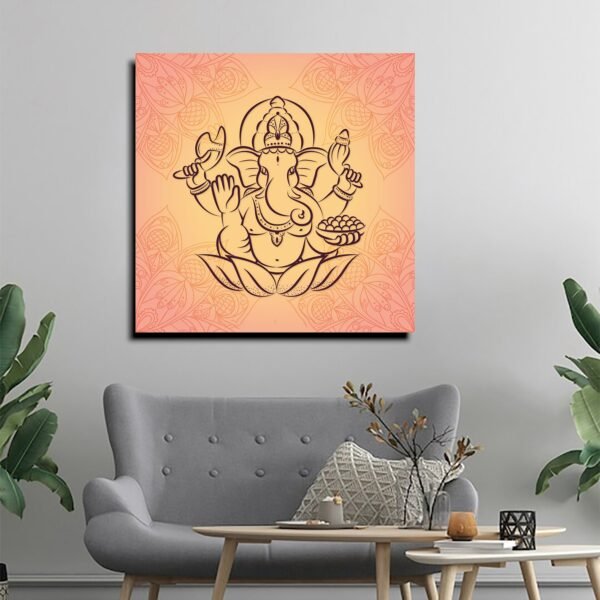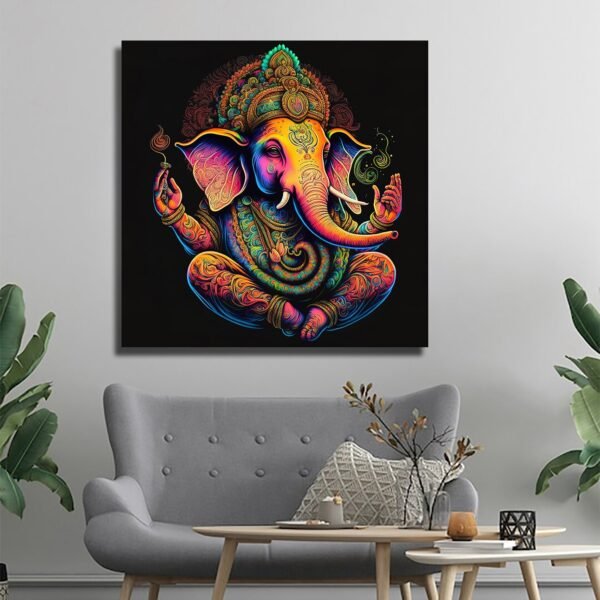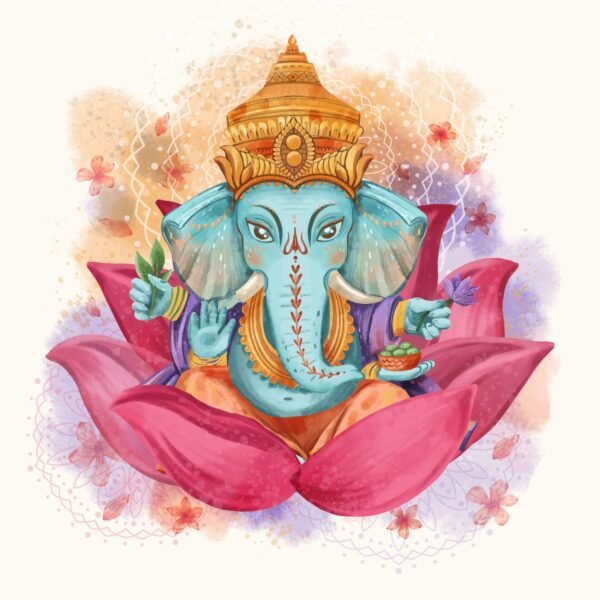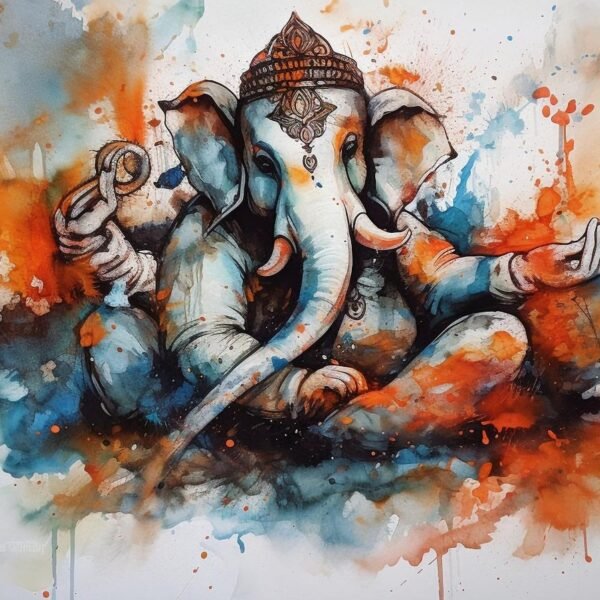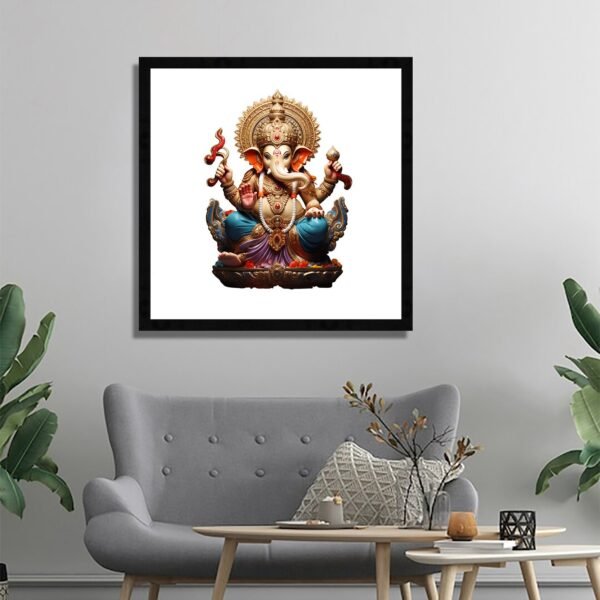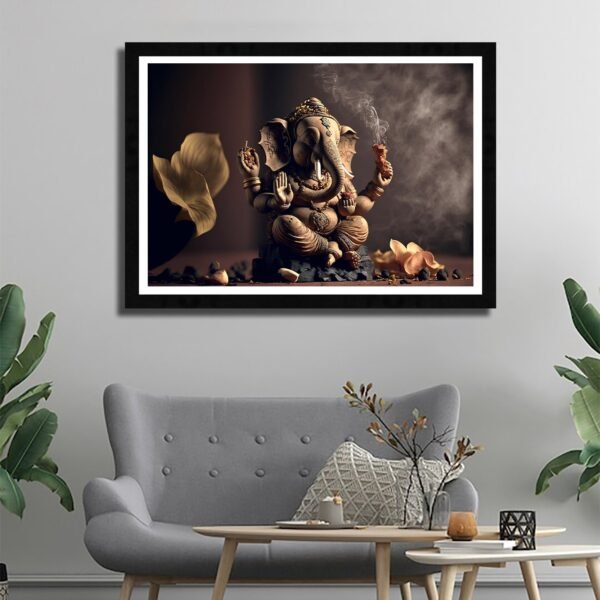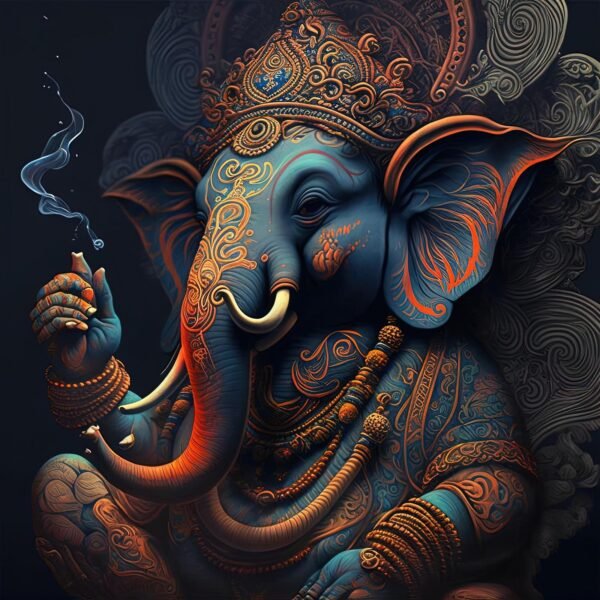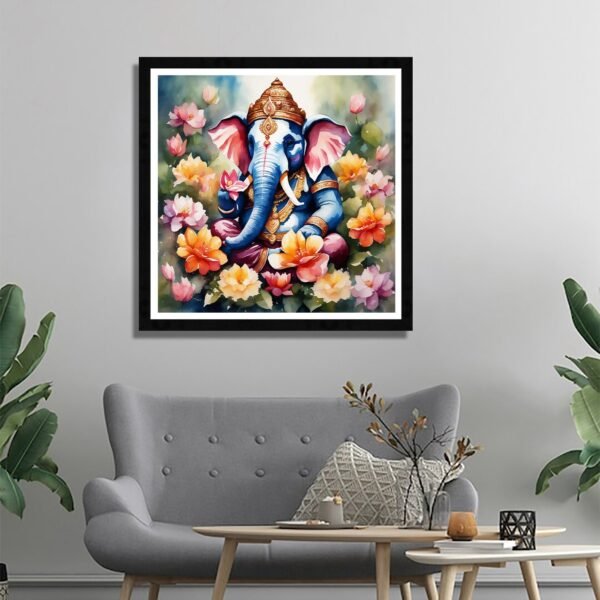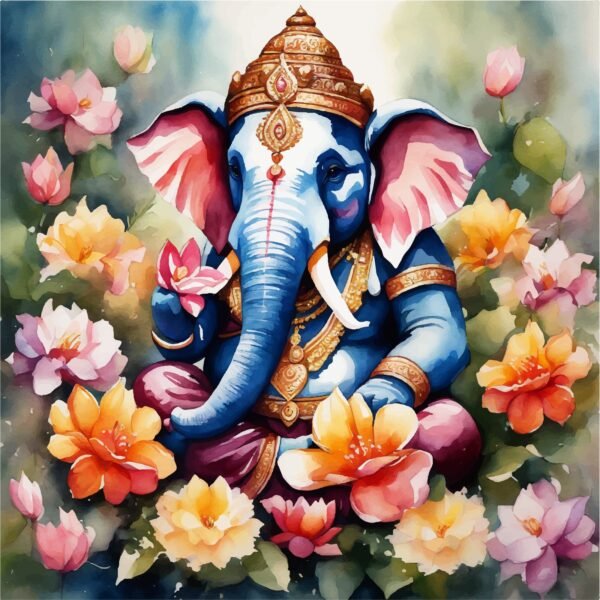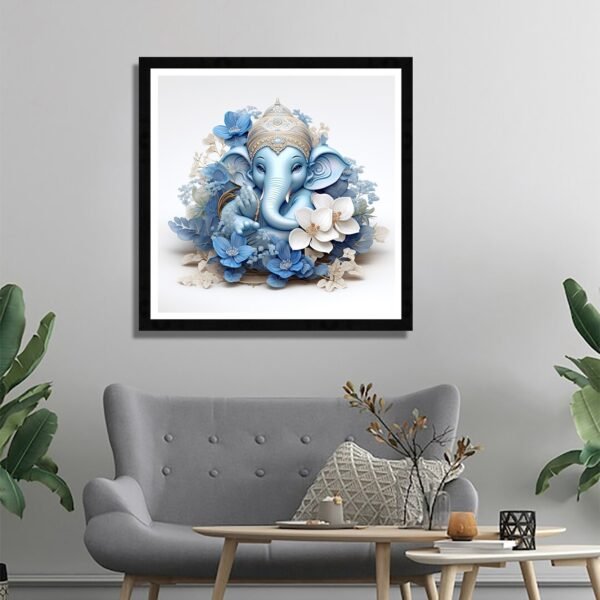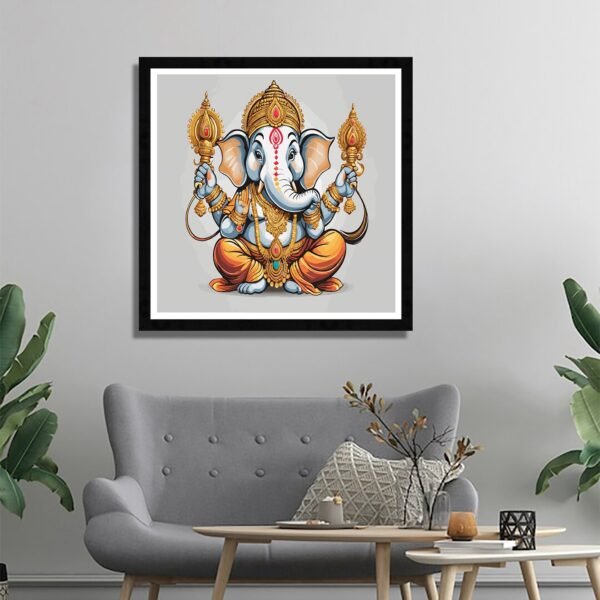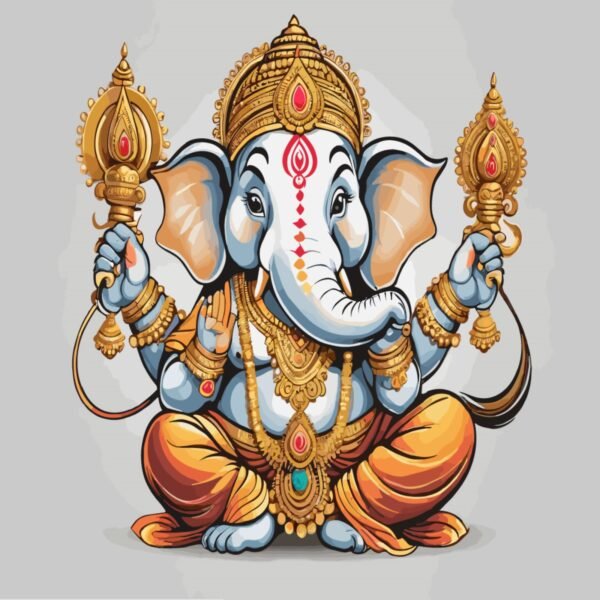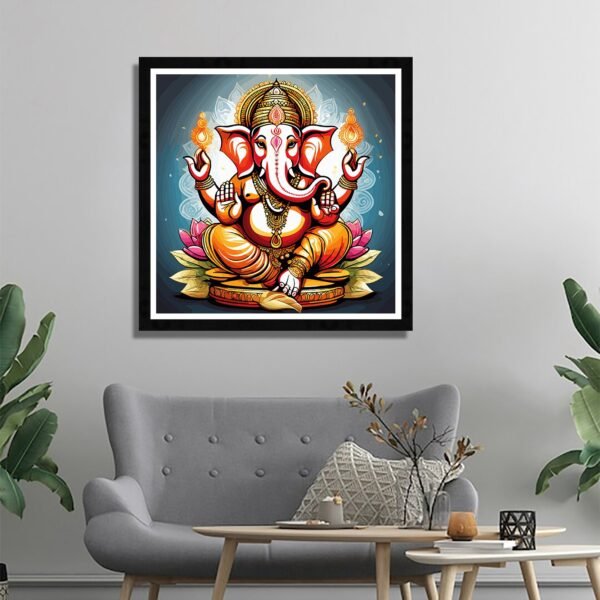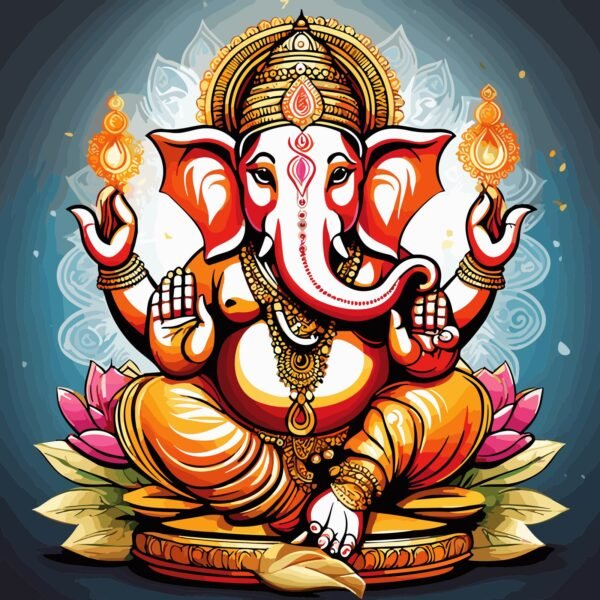Ganesha ji wall Art Painting
Price range: ₹359.00 through ₹4,899.00Lord Ganesha ji Art wall Painting
Price range: ₹359.00 through ₹4,899.00Lord Ganesha ji wall Décor Art Painting
Price range: ₹359.00 through ₹4,899.00Lord Ganesha wall Art Painting
Price range: ₹359.00 through ₹4,899.00Lord Ganesha wall Art Paintings
Price range: ₹359.00 through ₹4,899.00Lord Ganesha wall décor Art
Price range: ₹359.00 through ₹4,899.00Lord Ganesha wall Décor Art Painting
Price range: ₹359.00 through ₹4,899.00Lord Ganesha wall Décor Art Paintings
Price range: ₹359.00 through ₹4,899.00Lord Ganesha wall Décor Arts Paintings
Price range: ₹359.00 through ₹4,899.00Lord Ganesha wall Décor Paintings
Price range: ₹359.00 through ₹4,899.00Lord Ganesha wall Painting
Price range: ₹359.00 through ₹4,899.00Lord Ganesha wall Paintings
Price range: ₹359.00 through ₹4,899.00Lord Ganeshaa ji wall Painting
Price range: ₹359.00 through ₹4,899.00Lord Ganeshaa ji Art wall Paintings
Price range: ₹359.00 through ₹4,899.00Lord Ganeshaa ji wall Art Painting
Price range: ₹359.00 through ₹4,899.00Lord Ganeshaa wall Painting
Price range: ₹359.00 through ₹4,899.00Lord Ganpati ji Sitting wall Paintings
Price range: ₹359.00 through ₹4,899.00Lord Ganpati ji wall Art Painting
Price range: ₹359.00 through ₹4,899.00“Blessings of Ganesha”
Introduction: In Hindu culture, Lord Ganesha holds a revered place as the remover of obstacles and the god of beginnings. Depicted with the head of an elephant and a portly human body, Ganesha’s imagery is rich with symbolism and meaning. This painting seeks to capture the essence of Ganesha’s divine presence and the blessings he bestows upon his devotees.
Symbolism:
- Elephant Head: Ganesha’s elephant head symbolizes wisdom, intelligence, and foresight. It represents the ability to overcome obstacles with intellect and grace.
- Trunk: The elephant trunk, often depicted curled to the left, signifies the power to remove obstacles from the path of his devotees.
- Large Ears: Ganesha is known as the listener of prayers. His large ears symbolize the importance of listening attentively to the concerns and supplications of his worshippers.
- Modak: The sweet modak, held in one of Ganesha’s hands, represents the rewards of spiritual devotion and the sweetness of achieving one’s goals.
- Mouse: Ganesha’s vahana, or vehicle, is a tiny mouse. Despite its size, the mouse symbolizes humility and the ability to overcome challenges through determination and perseverance.
Cultural Significance:
- Ganesha is worshipped as the god of beginnings, making him a central figure in ceremonies and rituals that mark the start of new ventures, journeys, or endeavors.
- His presence is often invoked before undertaking important tasks, seeking his blessings for success and the removal of obstacles that may hinder progress.
- Ganesha’s imagery is widespread in Indian art, literature, and culture, symbolizing auspiciousness, prosperity, and divine protection.
Artistic Interpretation:
- This painting portrays Lord Ganesha in a serene and majestic posture, seated on a lotus pedestal, with his four arms radiating divine grace and blessings.
- The background may be adorned with vibrant colors or intricate patterns, reflecting the richness and diversity of Hindu traditions.
- The artist may choose to incorporate traditional motifs or contemporary elements to infuse the painting with a unique aesthetic appeal while staying true to the essence of Ganesha’s symbolism.
- Ganesha Painting: This could refer to any painting featuring Lord Ganesha as the primary subject. It could be traditional or contemporary in style.
- Ganpati Painting: “Ganpati” is another name for Lord Ganesha. A Ganpati painting would depict him in various forms or settings, typically reflecting aspects of his symbolism or mythology.
- Ganesh Ji Painting: “Ganesh Ji” is another respectful way of referring to Lord Ganesha. Such a painting would similarly depict him in various artistic interpretations.
- Lord Ganesha Painting: This is a general term for any painting portraying Lord Ganesha. It encompasses a wide range of styles and techniques.
- Ganesha Abstract Painting: In this type of painting, Lord Ganesha would be depicted in abstract or non-representational forms, focusing more on shapes, colors, and textures rather than realistic depictions.
- Ganesh Canvas Painting: This simply refers to a painting of Lord Ganesha created on canvas using various mediums like acrylics, oils, or mixed media.
- Creative Ganesha Painting: This term suggests a painting of Lord Ganesha where the artist incorporates their own creative interpretation, possibly blending different styles or adding unique elements.
- Ganesha Madhubani Painting: Madhubani is a traditional style of Indian painting, originating from the Mithila region of Bihar. A Ganesha Madhubani painting would feature Lord Ganesha depicted in the intricate and colorful patterns characteristic of this style.
These are just brief descriptions, but each type of painting offers its own unique interpretation of the revered deity, reflecting the diversity of artistic expression within Hindu culture.
Title: Exploring the Divine: The Splendor of Ganesha Paintings by Modern Arts India
Introduction: In the realm of spiritual artistry, Ganesha paintings hold a special place, encapsulating the essence of divinity, creativity, and cultural richness. Modern Arts India stands as a beacon in this domain, offering a splendid array of custom Ganesha paintings that celebrate the magnificence of Lord Ganesha in various forms and expressions. From traditional renditions to contemporary interpretations, each piece is a testament to artistic brilliance and devotion. In this comprehensive exploration, we delve into the captivating world of Ganesha paintings by Modern Arts India, unraveling their significance, symbolism, techniques, and the profound spiritual journey they invite us to embark upon.
-
Understanding Ganesha:
- Origins and Mythology: Delve into the mythological origins of Lord Ganesha, tracing back to Hindu scriptures and legends.
- Symbolism: Explore the symbolic significance of Ganesha’s various attributes such as the elephant head, broken tusk, modak (sweet), and his vahana (vehicle), the mouse.
- Cultural Significance: Discuss Ganesha’s cultural importance in Hinduism and his widespread popularity as the remover of obstacles and the harbinger of prosperity and wisdom.
-
The Art of Ganesha Painting:
- Historical Evolution: Trace the evolution of Ganesha paintings through different periods of art history, from ancient cave paintings to contemporary expressions.
- Regional Styles: Highlight the diverse regional styles of Ganesha painting across India, including Tanjore, Madhubani, Pattachitra, and more, each reflecting unique cultural nuances and artistic techniques.
- Materials and Techniques: Explore the various materials and techniques employed in creating Ganesha paintings, ranging from traditional mediums like watercolor and oil to modern approaches such as acrylic and digital art.
-
Exploring Modern Arts India:
- Genesis of the Company: Uncover the story behind the inception of Modern Arts India, its vision, and mission to promote Indian art and culture.
- Artistic Philosophy: Gain insights into the artistic philosophy of Modern Arts India, emphasizing a harmonious blend of tradition and innovation.
- Portfolio Showcase: Showcase a diverse range of Ganesha paintings offered by Modern Arts India, including custom designs, abstract interpretations, and traditional motifs, accompanied by detailed descriptions and artistic interpretations.
-
Capturing Divine Essence:
- Custom Ganesha Paintings: Discuss the process of creating custom Ganesha paintings tailored to individual preferences and requirements, highlighting the collaborative journey between the artist and the client.
- Ganpati Painting: Explore the intricacies of portraying Lord Ganesha in various moods and settings, from serene and meditative to playful and dynamic.
- Ganesh Ji Painting: Reflect on the spiritual significance of depicting Lord Ganesha in different artistic styles, invoking devotion and reverence among viewers.
-
Nurturing Creativity:
- Ganesha Abstract Painting: Dive into the realm of abstract artistry, where the formless essence of Ganesha finds expression through vibrant colors, bold strokes, and imaginative compositions.
- Ganesh Canvas Painting: Explore the versatility of canvas as a medium for Ganesha paintings, offering a timeless appeal and an expansive surface for artistic experimentation.
-
Embracing Tradition:
- Creative Ganesha Painting: Celebrate the fusion of tradition and creativity in Ganesha paintings, where ancient motifs and symbols are reinterpreted through contemporary perspectives.
- Ganesha Madhubani Painting: Delve into the intricate world of Madhubani art, known for its intricate patterns, vibrant colors, and mythological themes, with a special focus on Ganesha depictions.
-
The Spiritual Journey:
- Sacred Symbols: Decode the symbolism embedded within Ganesha paintings, unveiling layers of meaning and spiritual wisdom concealed within each stroke and color.
- Devotional Experience: Explore the transformative power of engaging with Ganesha paintings as a form of spiritual practice, fostering a deeper connection with the divine presence of Lord Ganesha.



